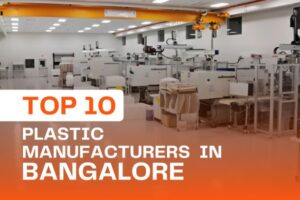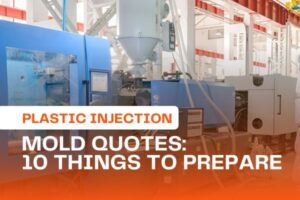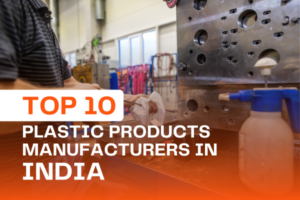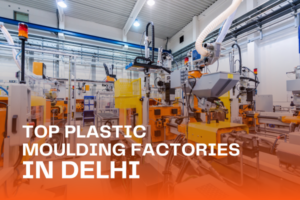What Automotive Parts Are Made by Injection Molding?
In the fast-paced world of automotive manufacturing, precision, efficiency, and durability are non-negotiable factors. One manufacturing process that plays a pivotal role in meeting these demands is automotive injection molding. Overseas automotive injection molding has become a cornerstone in the production of various essential components, ensuring that vehicles not only perform optimally but also meet stringent quality standards. In this comprehensive exploration, we delve into the intricacies of automotive injection molding, spotlighting the key parts manufactured, and shedding light on the prowess of automotive injection moulding companies in crafting high-quality components.
Understanding Automotive Injection Molding
Automotive injection molding is a specialized process that involves the production of automotive parts using a mold and injection molding machine. It is widely employed due to its efficiency, cost-effectiveness, and the ability to produce intricate designs with high precision. The process begins with the melting of plastic material, which is then injected into a mold cavity under high pressure. Once the material solidifies, the mold opens, revealing the perfectly shaped automotive part.
Key Parts Manufactured by Automotive Injection Molding
1. Interior Components
Dashboards: The sleek and functional design of dashboards is achieved through plastic injection molding, ensuring a seamless integration of various controls and displays.
Door Panels: Injection molding facilitates the production of durable and visually appealing door panels, combining aesthetics with functionality.
2. Exterior Components
Bumpers: Automotive injection molding is instrumental in creating sturdy and impact-resistant bumpers, crucial for vehicle safety.
Grilles: The intricate patterns and designs on vehicle grilles are made possible through precise injection molding techniques.
3. Under-the-Hood Components
Engine Covers: The heat-resistant properties of certain injection-molded plastics make them ideal for manufacturing engine covers that protect vital components.
Air Intake Systems: Precision in design and material selection are paramount in creating efficient and durable air intake systems.
4. Lighting Components
Headlight Housings: The clarity and durability of headlight housings are achieved through injection molding, ensuring optimal performance and longevity.
Taillight Covers: The intricately designed taillight covers are crafted with precision to enhance both safety and aesthetics.
5. Functional Components
Fuel System Components: Injection molding is employed to create fuel caps, injectors, and other critical components of a vehicle’s fuel system.
Brake Components: Precision molding ensures the production of reliable and durable brake components such as brake fluid reservoirs and calipers.
The Role of Overseas Automotive Injection Molding Companies
Overseas automotive injection molding companies play a crucial role in the global automotive supply chain. These companies leverage advanced technologies and expertise to meet the demanding requirements of the automotive industry. By employing state-of-the-art machinery and adhering to strict quality control measures, they ensure that the produced automotive parts meet international standards.
Advantages of Overseas Automotive Injection Molding
1. Cost-Effectiveness: Overseas automotive injection molding offers cost advantages without compromising on quality, making it an attractive option for automotive manufacturers looking to optimize production expenses.
2. Global Expertise: Automotive injection moulding companies overseas often bring a wealth of experience and global expertise, contributing to the development of innovative solutions and cutting-edge technologies.
3. Customization and Flexibility: The flexibility of overseas injection molding companies allows for the customization of automotive parts, catering to the specific needs and preferences of different automakers.
4. Scalability: With the capability to handle large production volumes, overseas automotive injection molding companies can scale operations to meet the demands of the automotive market effectively.
Challenges in Plastic Injection Molding for Automotive Parts
While automotive injection molding offers numerous advantages, it is not without challenges. Issues such as material selection, tooling design, and quality control must be carefully managed to ensure the production of high-quality automotive parts. Additionally, environmental considerations, such as the recyclability of injection-molded plastics, are becoming increasingly important in the automotive industry.
Conclusion:
In the intricate dance of automotive manufacturing, the role of automotive injection molding cannot be overstated. From the sleek curves of dashboards to the robustness of bumpers, injection molding contributes significantly to the form and function of modern vehicles. Overseas automotive injection molding companies, with their expertise and commitment to quality, further enhance the global automotive supply chain. As technology advances and environmental consciousness grows, the evolution of injection molding in automotive production continues, promising even greater precision, efficiency, and sustainability in the future. In the dynamic world of automotive manufacturing, the art and science of injection molding drive the wheels of progress.




